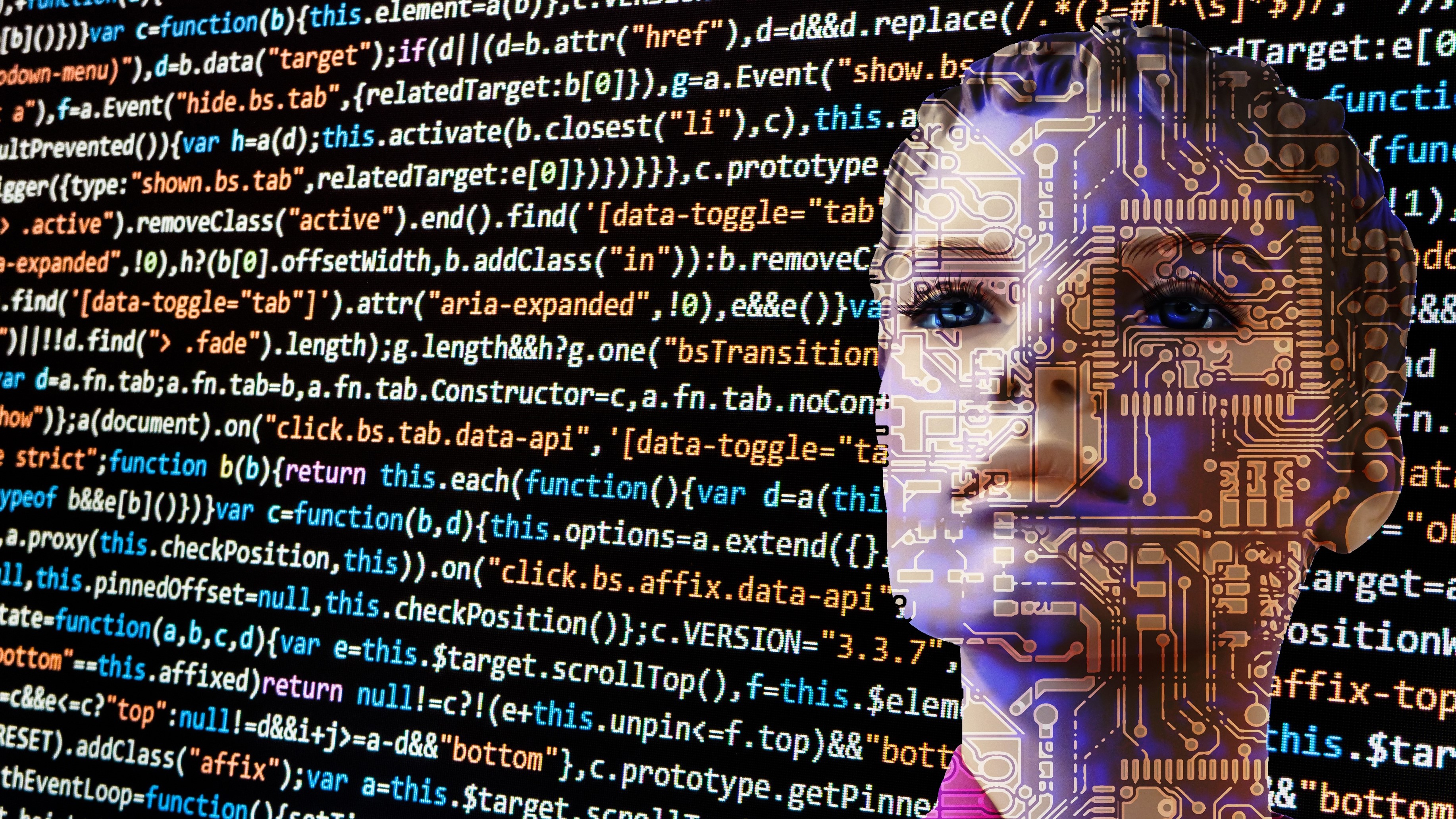
Recent layoffs in the tech industry, impacting hundreds of employees, have sparked concerns about the future of work in the age of automation. Technological advancements envision a future where intelligent machines handle repetitive tasks, freeing humans for more creative and strategic work, not replacing them all together. This being said, the tech industry's layoffs paint a concerning picture.
The peril of premature automation
The core concern lies in the temptation to over-automate before technology is truly ready. While AI and automation is making significant strides, its capabilities are still under development. Replacing skilled professionals with immature technology can be a gamble; unproven systems might not be able to handle the complexities of real-world situations.
Imagine a critical system tasked with managing a complex network. An anomaly arises, something the AI wasn't programmed to recognise. Without the human intuition and experience to diagnose and solve the issue, the consequences could be severe. Rushing to automate tasks with unreliable technology can lead to a cascade of inefficiencies, project delays, and ultimately, lost revenue.
Human logic, problem-solving skills, and adaptability remain crucial. Complex systems, especially those in early stages, require human oversight and intervention. Highly trained professionals can troubleshoot issues, identify unforeseen problems, and make necessary adjustments.
OT Cyber Security Manager at Axians UK.
A call for valanced innovation
The answer is not abandoning automation altogether, but embracing a more balanced approach. Industries can move forward responsibly by viewing emerging technology as a tool to complement and accelerate human capabilities, rather than to replace them. Company leaders should invest in training programs that equip employees with the skills needed to thrive alongside AI, such as data analysis, critical thinking, and the ability to manage complex systems.
As AI continues to evolve at breakneck speed, its ethical implications can’t be put to the back burner. Transparency, accountability, and responsible development must become the cornerstones of AI creation and deployment. Accountability becomes paramount when AI makes mistakes, as they inevitably will. Who is responsible for those errors? The programmers? The companies deploying the technology? A clear framework for accountability is essential.
Achieving strategic equilibrium
From a business to business standpoint, achieving and maintaining equilibrium between human expertise and intelligent automation is key for sustaining a competitive advantage. In the current commercial landscape, enterprises that can synthesize the distinct strengths of human ingenuity and machine capabilities will be better positioned to drive innovation and deliver superior solutions to their clients and strategic partners. Rather than perceiving automation as an encroachment upon the workforce, forward-thinking organizations recognize the opportunity to empower their personnel with advanced tools and insights, thereby enabling them to concentrate on higher-value tasks and strategic initiatives.
Are you a pro? Subscribe to our newsletter
Sign up to the TechRadar Pro newsletter to get all the top news, opinion, features and guidance your business needs to succeed!
By creating a culture that prioritizes continuous learning and skill development, companies can nurture a workforce adept at seamlessly collaborating with artificial intelligence and automation, leveraging their complementary capabilities to outperform competitors who fail to achieve this synergy. Ultimately, the enterprises that embrace this balanced approach will be the ones poised to thrive in the era of Industry 5.0 and beyond.
Integrating IT and OT through intelligent automation
As intelligent automation increases in operational technology verticals like manufacturing oil, gas, and utilities, seamlessly integrating information technology (IT) and OT systems becomes crucial. Traditionally, IT has spearheaded the adoption of automation and artificial intelligence. However, OT systems encompass intricate physical processes and machinery that demand specialized domain expertise.
Fully automating such complex operations without human oversight could lead to critical failures and disruptions. The solution lies in intelligent automation that can harmonize with human operators' domain knowledge and ability to handle unanticipated scenarios. This symbiosis enables optimized processes, enhanced anomaly detection, and efficient handling of routine tasks.
Achieving such integration is about creating secure boundaries with IT infrastructure, such as demilitarized zones (DMZ), to share information. Advanced sensors, Industrial Internet of Things (IIoT) devices, and edge computing capabilities must be incorporated to capture real-time data from OT environments. This data can then be processed and analyzed by AI/ML models running on IT systems, enabling predictive maintenance, process optimization, and real-time decision support.
The future of work is not a zero-sum game between humans and machines. It's a collaborative effort, a symphony where each plays complementary roles working together to achieve what neither could alone. By being strategic about industry 5.0, businesses can unlock a new level of productivity and innovation.
We've listed the best AI tools.
This article was produced as part of TechRadarPro's Expert Insights channel where we feature the best and brightest minds in the technology industry today. The views expressed here are those of the author and are not necessarily those of TechRadarPro or Future plc. If you are interested in contributing find out more here: https://www.techradar.com/news/submit-your-story-to-techradar-pro
Marc Wren is an OT Cyber Security Manager at Axians UK.